
| Packing | Price(RMB) | Lead Time |
| 1kg | Inquiry/negotiation | in stock |
| 10kg | Inquiry/negotiation | 2-3 weeks |
| 100kg | Inquiry/negotiation | 4-6 weeks |
Name:
Sucrose octasulphate potassium salt
Synonyms:
Potassium sucrose octasulfate;
Sucrose-octa-O-sulphonic acid potassium salt
CAS No.:73264-44-5
MF:C12H14K8O35S8
MW:1287.52000
Melting Point:>230oC
PSA:626.17000
LOGP:-0.87320
Version: 1.0
Creation Date: Apr. 23, 2020
Revision Date: Apr. 23, 2020
Product name Sucrose octasulphate potassium salt Product number UPF06201 Other names Potassium sucrose octasulphate; Potassium salt of sucrose octasulfate; Sucrose-octa-O-sulphonic acid potassium salt Identified uses For research and industry only. Uses advised against no data available Company Shanghai Up-Fluorochem Co., Ltd. Address T2-1623, Zhonggeng Global Creative Center, Lane 166, Minhong Road, Minhang District, Shanghai, China, 202155 Telephone +86-18721967067 Emergency phone number Local Fire/Emergency Telephone Number Not classified. Pictogram(s) No symbol. Signal word No signal word Hazard statement(s) none Precautionary statement(s) Prevention none Response none Storage none Disposal none no data available Move the victim into fresh air. If breathing is difficult, give oxygen. If not breathing, give artificial respiration and consult a doctor immediately. Do not use mouth to mouth resuscitation if the victim ingested or inhaled the chemical. Take off contaminated clothing immediately. Wash off with soap and plenty of water. Consult a doctor. Rinse with pure water for at least 15 minutes. Consult a doctor. Rinse mouth with water. Do not induce vomiting. Never give anything by mouth to an unconscious person. Call a doctor or Poison Control Center immediately. no data available no data available Use dry chemical, carbon dioxide or alcohol-resistant foam. no data available Wear self-contained breathing apparatus for firefighting if necessary. Avoid dust formation. Avoid breathing mist, gas or vapours. Avoid contacting with skin and eye. Use personal protective equipment. Wear chemical impermeable gloves. Ensure adequate ventilation. Remove all sources of ignition. Evacuate personnel to safe areas. Keep people away from and upwind of spill/leak. Prevent further spillage or leakage if it is safe to do so. Do not let the chemical enter drains. Discharge into the environment must be avoided. Collect and arrange disposal. Keep the chemical in suitable and closed containers for disposal. Remove all sources of ignition. Use spark-proof tools and explosion-proof equipment. Adhered or collected material should be promptly disposed of, in accordance with appropriate laws and regulations. Handling in a well ventilated place. Wear suitable protective clothing. Avoid contact with skin and eyes. Avoid formation of dust and aerosols. Use non-sparking tools. Prevent fire caused by electrostatic discharge steam. Store the container tightly closed in a dry, cool and well-ventilated place. Store apart from foodstuff containers or incompatible materials. no data available no data available Ensure adequate ventilation. Handle in accordance with good industrial hygiene and safety practice. Set up emergency exits and the risk-elimination area. Wear tightly fitting safety goggles with side-shields conforming to EN 166(EU) or NIOSH (US). Wear fire/flame resistant and impervious clothing. Handle with gloves. Gloves must be inspected prior to use. Wash and dry hands. The selected protective gloves have to satisfy the specifications of EU Directive 89/686/EEC and the standard EN 374 derived from it. If the exposure limits are exceeded, irritation or other symptoms are experienced, use a full-face respirator. no data available Physical state no data available Colour no data available Odour no data available Melting point/freezing point >230ºC Boiling point or initial boiling point and boiling range no data available Flammability no data available Lower and upper explosion limit/flammability limit no data available Flash point no data available Auto-ignition temperature no data available Decomposition temperature no data available pH no data available Kinematic viscosity no data available Solubility no data available Partition coefficient n-octanol/water no data available Vapour pressure no data available Density and/or relative density no data available Relative vapour density no data available Particle characteristics no data available no data available no data available no data available no data available no data available no data available Oral: no data available Inhalation: no data available Dermal: no data available no data available no data available no data available no data available no data available no data available no data available no data available no data available Toxicity to fish: no data available Toxicity to daphnia and other aquatic invertebrates: no data available Toxicity to algae: no data available Toxicity to microorganisms: no data available no data available no data available no data available no data available The material can be disposed of by removal to a licensed chemical destruction plant or by controlled incineration with flue gas scrubbing. Do not contaminate water, foodstuffs, feed or seed by storage or disposal. Do not discharge to sewer systems. Containers can be triply rinsed (or equivalent) and offered for recycling or reconditioning. Alternatively, the packaging can be punctured to make it unusable for other purposes and then be disposed of in a sanitary landfill. Controlled incineration with flue gas scrubbing is possible for combustible packaging materials. no data available no data available CAS: Chemical Abstracts Service ADR: European Agreement concerning the International Carriage of Dangerous Goods by Road RID: Regulation concerning the International Carriage of Dangerous Goods by Rail IMDG: International Maritime Dangerous Goods IATA: International Air Transportation Association TWA: Time Weighted Average STEL: Short term exposure limit LC50: Lethal Concentration 50% LD50: Lethal Dose 50% EC50: Effective Concentration 50% IPCS - The International Chemical Safety Cards (ICSC), website: http://www.ilo.org/dyn/icsc/showcard.home HSDB - Hazardous Substances Data Bank, website: https://toxnet.nlm.nih.gov/newtoxnet/hsdb.htm IARC - International Agency for Research on Cancer, website: http://www.iarc.fr/ eChemPortal - The Global Portal to Information on Chemical Substances by OECD, website: http://www.echemportal.org/echemportal/index?pageID=0&request_locale=en CAMEO Chemicals, website: http://cameochemicals.noaa.gov/search/simple ChemIDplus, website: http://chem.sis.nlm.nih.gov/chemidplus/chemidlite.jsp ERG - Emergency Response Guidebook by U.S. Department of Transportation, website: http://www.phmsa.dot.gov/hazmat/library/erg Germany GESTIS-database on hazard substance, website: http://www.dguv.de/ifa/gestis/gestis-stoffdatenbank/index-2.jsp ECHA - European Chemicals Agency, website: https://echa.europa.eu/ Any questions regarding this SDS, Please send your inquiry to sds@xixisys.com1.Identification
1.1GHS Product identifier
1.2Other means of identification
1.3Recommended use of the chemical and restrictions on use
1.4Supplier's details
1.5Emergency phone number
2.Hazard identification
2.1Classification of the substance or mixture
2.2GHS label elements, including precautionary statements
2.3Other hazards which do not result in classification
3.Composition/information on ingredients
3.1Substances
Chemical name Common names and synonyms CAS number EC number Concentration octapotassium (2R,3R,4S,5R,6R)-2-{[(2S,3S,4R,5R)-3,4-disulfato-2,5-bis(sulfatomethyl)oxolane-2-yl]oxy}-3,4,5- trisulfato-6-(sulfatomethyl)oxane Potassium sucrose octasulfate 73264-44-5 615-946-5 ≥99% 4.First-aid measures
4.1Description of necessary first-aid measures
If inhaled
Following skin contact
Following eye contact
Following ingestion
4.2Most important symptoms/effects, acute and delayed
4.3Indication of immediate medical attention and special treatment needed, if necessary
5.Fire-fighting measures
5.1Suitable extinguishing media
5.2Specific hazards arising from the chemical
5.3Special protective actions for fire-fighters
6.Accidental release measures
6.1Personal precautions, protective equipment and emergency procedures
6.2Environmental precautions
6.3Methods and materials for containment and cleaning up
7.Handling and storage
7.1Precautions for safe handling
7.2Conditions for safe storage, including any incompatibilities
8.Exposure controls/personal protection
8.1Control parameters
Occupational Exposure limit values
Biological limit values
8.2Appropriate engineering controls
8.3Individual protection measures, such as personal protective equipment (PPE)
Eye/face protection
Skin protection
Respiratory protection
Thermal hazards
9.Physical and chemical properties
10.Stability and reactivity
10.1Reactivity
10.2Chemical stability
10.3Possibility of hazardous reactions
10.4Conditions to avoid
10.5Incompatible materials
10.6Hazardous decomposition products
11.Toxicological information
Acute toxicity
Skin corrosion/irritation
Serious eye damage/irritation
Respiratory or skin sensitization
Germ cell mutagenicity
Carcinogenicity
Reproductive toxicity
STOT-single exposure
STOT-repeated exposure
Aspiration hazard
12.Ecological information
12.1Toxicity
12.2Persistence and degradability
12.3Bioaccumulative potential
12.4Mobility in soil
12.5Other adverse effects
13.Disposal considerations
13.1Disposal methods
Product
Contaminated packaging
14.Transport information
14.1UN Number
ADR/RID: Not dangerous goods. IMDG: Not dangerous goods. IATA: Not dangerous goods. 14.2UN Proper Shipping Name
ADR/RID: Not dangerous goods. IMDG: Not dangerous goods. IATA: Not dangerous goods. 14.3Transport hazard class(es)
ADR/RID: Not dangerous goods. IMDG: Not dangerous goods. IATA: Not dangerous goods. 14.4Packing group, if applicable
ADR/RID: Not dangerous goods. IMDG: Not dangerous goods. IATA: Not dangerous goods. 14.5Environmental hazards
ADR/RID: No IMDG: No IATA: No 14.6Special precautions for user
14.7Transport in bulk according to IMO instruments
15.Regulatory information
15.1Safety, health and environmental regulations specific for the product in question
Chemical name Common names and synonyms CAS number EC number octapotassium (2R,3R,4S,5R,6R)-2-{[(2S,3S,4R,5R)-3,4-disulfato-2,5-bis(sulfatomethyl)oxolane-2-yl]oxy}-3,4,5- trisulfato-6-(sulfatomethyl)oxane Potassium sucrose octasulfate 73264-44-5 615-946-5 European Inventory of Existing Commercial Chemical Substances (EINECS) Not Listed. EC Inventory Not Listed. United States Toxic Substances Control Act (TSCA) Inventory Not Listed. China Catalog of Hazardous chemicals 2015 Not Listed. New Zealand Inventory of Chemicals (NZIoC) Not Listed. Philippines Inventory of Chemicals and Chemical Substances (PICCS) Not Listed. Vietnam National Chemical Inventory Not Listed. Chinese Chemical Inventory of Existing Chemical Substances (China IECSC) Not Listed. Korea Existing Chemicals List (KECL) Not Listed. 16.Other information
Information on revision
Creation Date Apr. 23, 2020 Revision Date Apr. 23, 2020 Abbreviations and acronyms
References
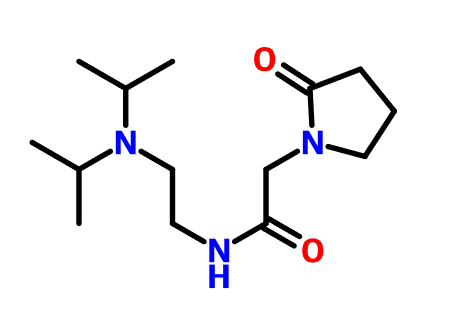
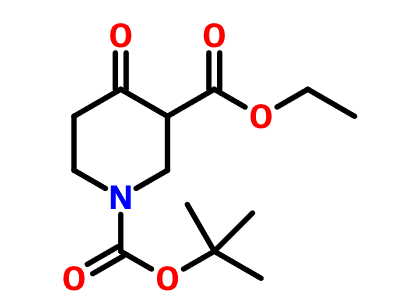
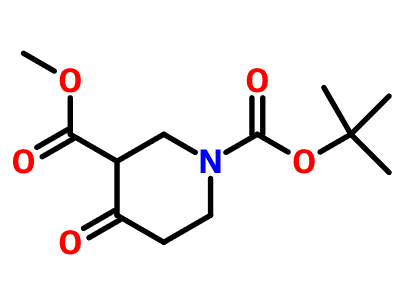
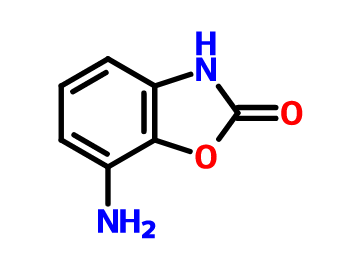
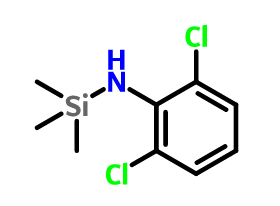
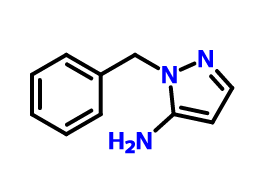
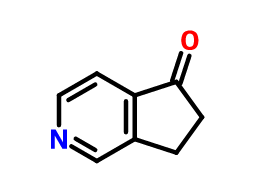
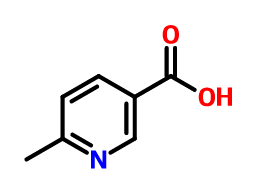
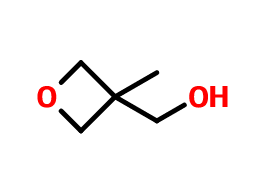
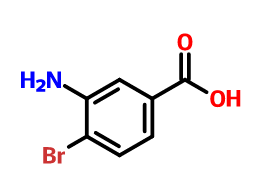
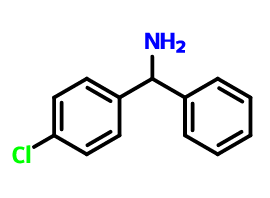
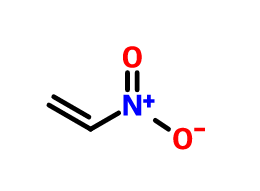
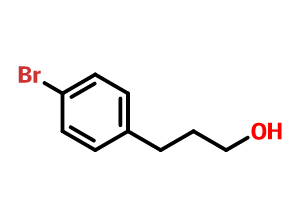
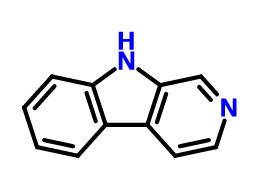
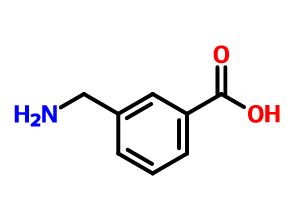
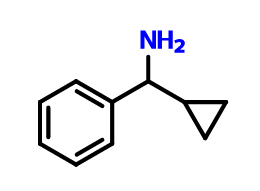
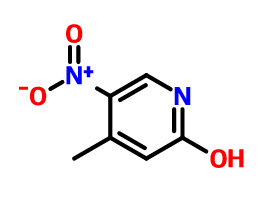
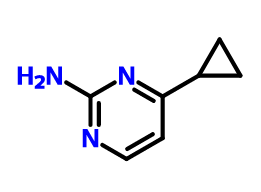
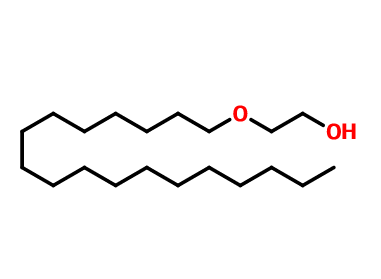
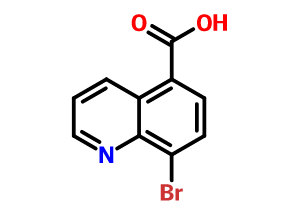
1.The general process of ordering:
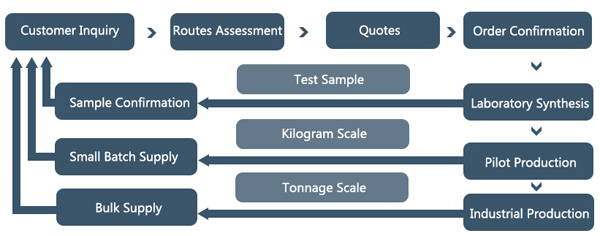
2. The quotation of the products listed on this website does NOT include transportation costs, non-standard testing fees and other additional costs. All products are shipped from China, please enquire for the specific cost.
3. Customers can submit inquiries or orders by email or post online. Please provide the following information with your inquiries: the orderer's name, telephone or E-mail, product name, packaging specifications, quantity and other requirements.